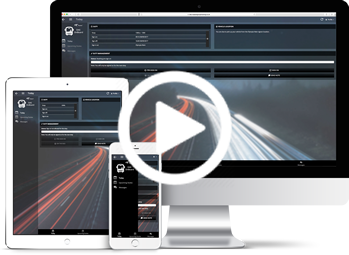Page not Found
Contact usWe can’t find your page!
Hello,
(If you are a driver looking for your DAS-Web login page – please contact your Traffic Office Manager as Trapeze does not hold your login details.)
We are really sorry but the page that you were looking for can’t be found.
Don’t worry, it’s not you, it’s us. We’ve recently updated the website and so the page you were looking for has either moved, in the process of being uploaded or we’ve archived it because as you are no doubt aware, things change quickly in our industry and some pages become less relevant than they once were.
Please use the links or search button at the top of the page to find what’s on the website or by all means use the Contact Us button to get in touch and tell us what you were interested in.
Best wishes,
The Trapeze Website Team
Here to help
Contact us and speak with one of our specialists:
+44 (0) 808 281 1039
More Info
About Us | Careers | Contact Us | Legal | Privacy
(c) 1999 – 2019 Trapeze Software ULC. All rights reserved
Trapeze Group respects your privacy

